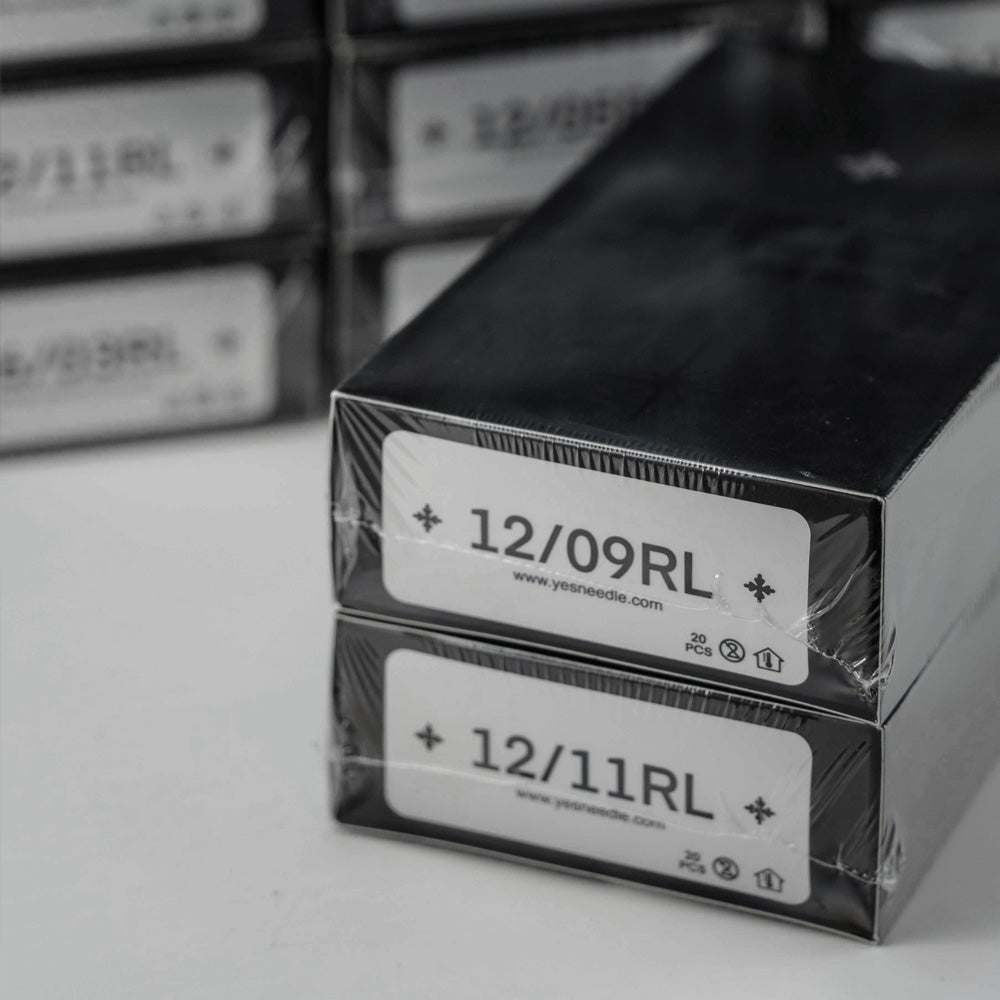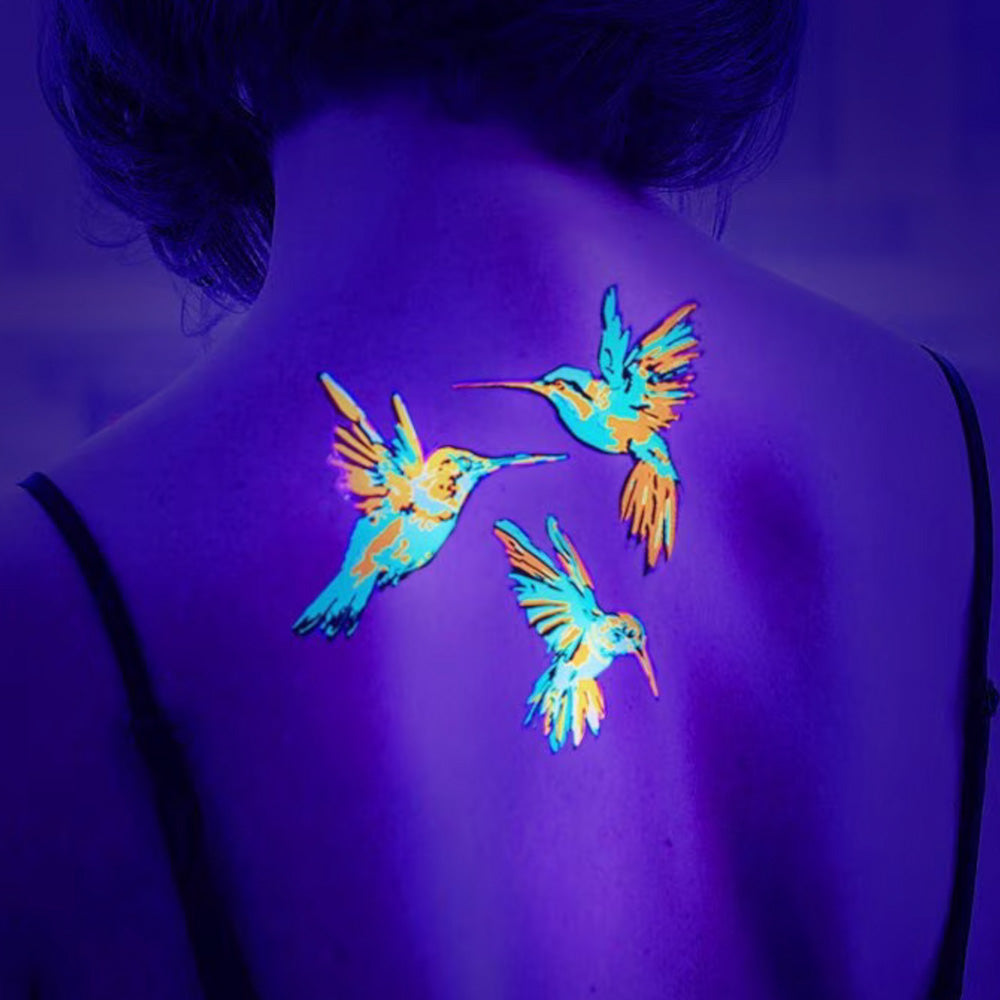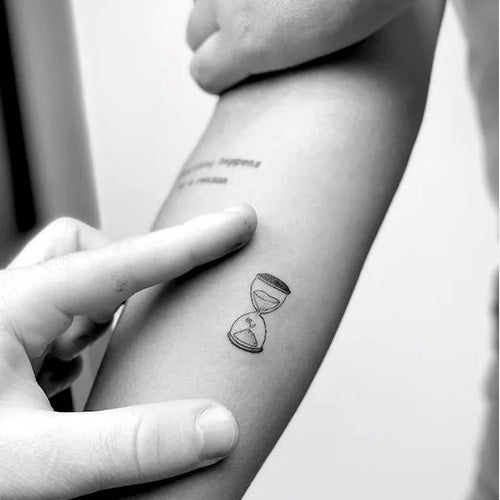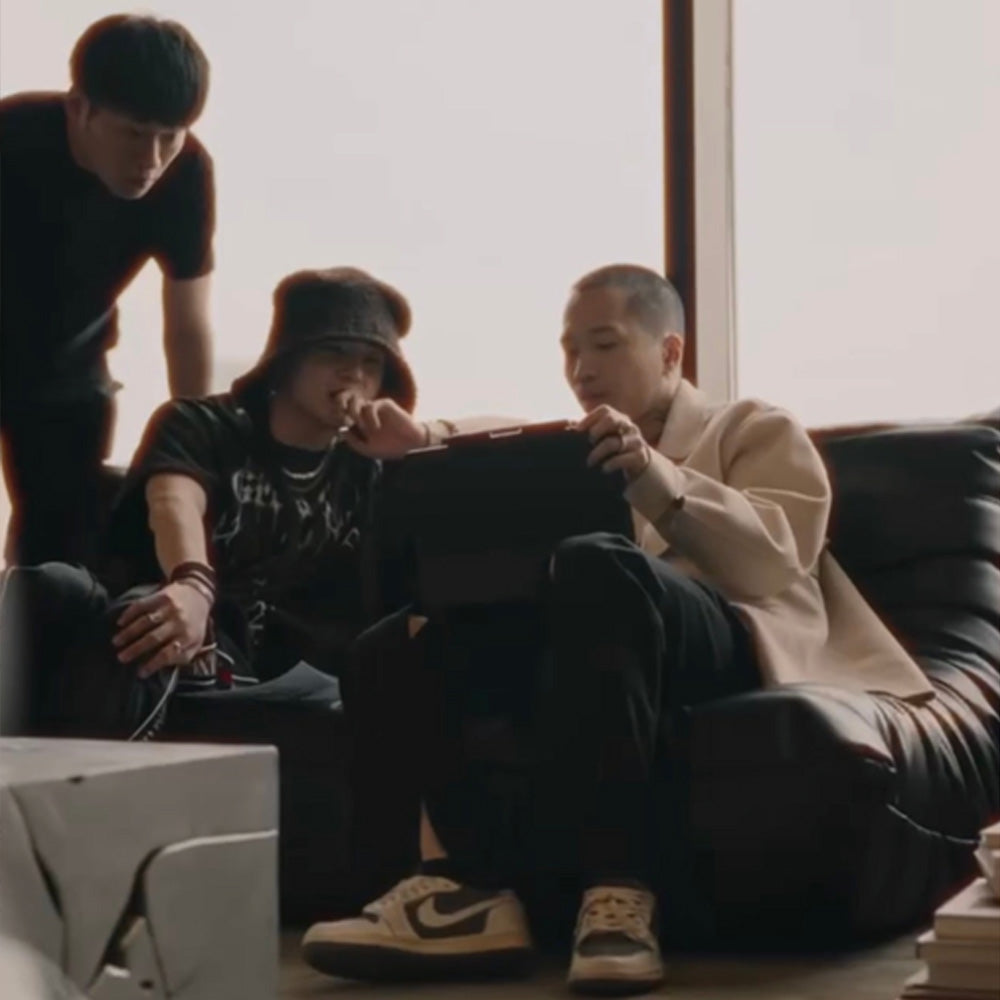¿Hasta dónde llegan las agujas de los tatuajes?
Hola!
Después de 10 años tatuando, me he dado cuenta de que una de las mayores preocupaciones que tienen los nuevos clientes es: "¿cuántas capas de piel atraviesa un tatuaje?". Gran parte de esta preocupación proviene de historias de miedo o malentendidos sobre cómo funcionan los tatuajes. La verdad es que las agujas de los tatuajes no penetran tanto como la mayoría de la gente cree, normalmente sólo 1 ó 2 milímetros en la piel. Conocer este diagrama de la profundidad de las agujas puede ayudarte a aliviar tus preocupaciones y a apreciar mejor la precisión de un tatuaje profesional.

Profundidad de la aguja del tatuaje: a cuántas capas de la piel llega realmente un tatuaje. Comprender la estructura de la piel
Para tener una idea más clara de la profundidad a la que penetra la aguja de un tatuaje y en qué capa de la piel, hablemos primero del aspecto de la piel. La piel tiene tres capas principales, cada una con su propia función:
Epidermis (capa superficial)
La epidermis es la capa más externa de la piel y es muy fina: sólo tiene entre 0,05 y 0,1 mm de grosor en la mayor parte del cuerpo. Esta capa actúa como barrera protectora y se renueva cada 28 días. No tiene vasos sanguíneos, lo que significa que si la tinta se quedara aquí, el tatuaje desaparecería rápidamente. A menudo, los principiantes cometen el error de trabajar demasiado superficialmente, sólo en esta capa, lo que da lugar a tatuajes irregulares y descoloridos que no cicatrizan correctamente.

Dermis (capa media)
capa cutánea del tatuaje,Debajo de la epidermis se encuentra la dermis, cuyo grosor oscila entre 1 y 4 mm dependiendo de la zona del cuerpo en la que se encuentre. Esta capa contiene vasos sanguíneos, terminaciones nerviosas, folículos pilosos, glándulas sudoríparas y el colágeno que da fuerza a la piel. Aquí es donde debe ir la tinta del tatuaje porque la dermis es estable, no se desprende como la epidermis, y por eso los tatuajes son permanentes.

Capa subcutánea (capa grasa)
La capa más profunda de la piel contiene células grasas y grandes vasos sanguíneos. Si una aguja penetra demasiado en esta capa durante el tatuaje, puede provocar un sangrado excesivo, una mala retención de la tinta, un mayor riesgo de infección y algo llamado "blowout", en el que las líneas se difuminan y se extienden. He visto demasiados tatuajes arruinados por penetrar demasiado en esta capa.

Por qué apuntar a la dermis
Tras años de tatuar distintos tipos de piel, la dermis es el lugar ideal por varias razones:
Permanencia: A diferencia de la epidermis, la dermis no se regenera, por lo que la tinta colocada aquí permanece de por vida, creando tatuajes duraderos.
Estabilidad: Esta capa proporciona el entorno perfecto para que las partículas de tinta se asienten sin moverse ni difuminarse.
Cicatrización: La dermis tiene un buen flujo sanguíneo para la cicatrización, pero no está tan llena de vasos sanguíneos como para expulsar la tinta durante la cicatrización.
Retención del color: La tinta de la dermis se mantiene viva porque está protegida de los rayos UV por la epidermis. En mi práctica, he encontrado que los tatuajes con tinta colocada correctamente en la dermis se ven frescos incluso después de más de 10 años.
¿Hasta dónde llegan las agujas de tatuar?
La profundidad estándar de las agujas de tatuaje es de 1 a 2 milímetros, aproximadamente el grosor de un céntimo. Esto es lo que afecta a esta profundidad:
Ubicación del cuerpo: El grosor de la piel varía según la zona del cuerpo. Por ejemplo, la cara y las manos tienen la piel más fina (0,5-1 mm), mientras que la espalda y el pecho la tienen más gruesa (1,5-2 mm).
Variaciones individuales: La edad, el daño solar, los tatuajes anteriores y el tejido cicatricial pueden afectar a la profundidad que debe alcanzar la aguja.
Configuración de la aguja: Los diferentes tipos de agujas requieren ligeros ajustes en la profundidad, ya que las agujas individuales necesitan menos penetración que las agrupaciones más grandes. La constancia es la clave: mantener la profundidad correcta en todo momento garantiza una saturación uniforme de la tinta y una cicatrización adecuada.

El proceso correcto de tatuaje
El tatuaje profesional no se limita a controlar la profundidad de la aguja. He aquí mi enfoque paso a paso:
Comunicación
Todo tatuaje exitoso comienza con una comunicación clara. Hablaremos de lo que quieres, estableceremos expectativas realistas en cuanto a presupuesto y plazos, evaluaremos tu tolerancia al dolor y nos aseguraremos de que estás lo suficientemente sano para hacerte un tatuaje. Dedico al menos 30 minutos a charlar con cada nuevo cliente porque una buena comunicación evita el 90% de los problemas con los tatuajes.
Diseño
Crear el diseño perfecto significa adaptar la obra de arte a su visión, optimizar el tamaño y la colocación para los contornos de su cuerpo, adaptar los estilos a sus preferencias y garantizar que el diseño envejecerá bien.
Preparación
Una preparación adecuada sienta las bases del éxito. Esto incluye desinfectar el espacio de trabajo, preparar el equipo, limpiar a fondo la zona del tatuaje, aplicar la plantilla y calibrar la profundidad de la aguja para tu tipo de piel.
Creación de esquemas
El contorno es la base de tu tatuaje. Utilizaré técnicas de mano firme para mantener una presión y velocidad constantes, permanecer dentro de la capa de la dermis, crear líneas suaves y controlar tu comodidad durante todo el proceso.
Sombreado y coloreado
Aquí es donde tu tatuaje cobra vida. Desarrollaré degradados para conseguir transiciones suaves entre tonos, garantizaré una saturación adecuada de la tinta para conseguir colores vibrantes, crearé texturas utilizando distintas técnicas, añadiré profundidad mediante el sombreado y comprobaré periódicamente que la cobertura sea uniforme.
Cuidado posterior
Incluso después de que el tatuaje esté hecho, mi trabajo no ha terminado. Te daré instrucciones para los cuidados inmediatos, te explicaré los plazos de cicatrización y programaré visitas de seguimiento para comprobar los progresos y hacer retoques si es necesario.
Consecuencias de un control de profundidad inadecuado
A lo largo de mi carrera, he visto cientos de tatuajes mal ejecutados, y la profundidad incorrecta de la aguja es uno de los principales culpables. Esto es lo que ocurre cuando las cosas van mal:
Demasiado superficial (sólo epidermis): El tatuaje cicatriza de forma irregular, se desvanece rápidamente y puede requerir costosos retoques.
Demasiado profundo (capa subcutánea): Es posible que la tinta se corra (líneas borrosas), que se produzca un sangrado excesivo, que el tatuaje no cicatrice bien e incluso que queden cicatrices que podrían afectar a futuros tatuajes.

Mi consejo profesional
El tatuaje es a la vez un arte y una ciencia.Utiliza agujas profesionales,La profundidad adecuada, combinada con una técnica y unos cuidados postoperatorios apropiados, crea tatuajes que lucen bellos durante décadas. Un buen trabajo de tatuaje requiere precisión técnica, visión artística y dedicación profesional, cualidades que sólo se adquieren con la experiencia y el compromiso con el oficio.




